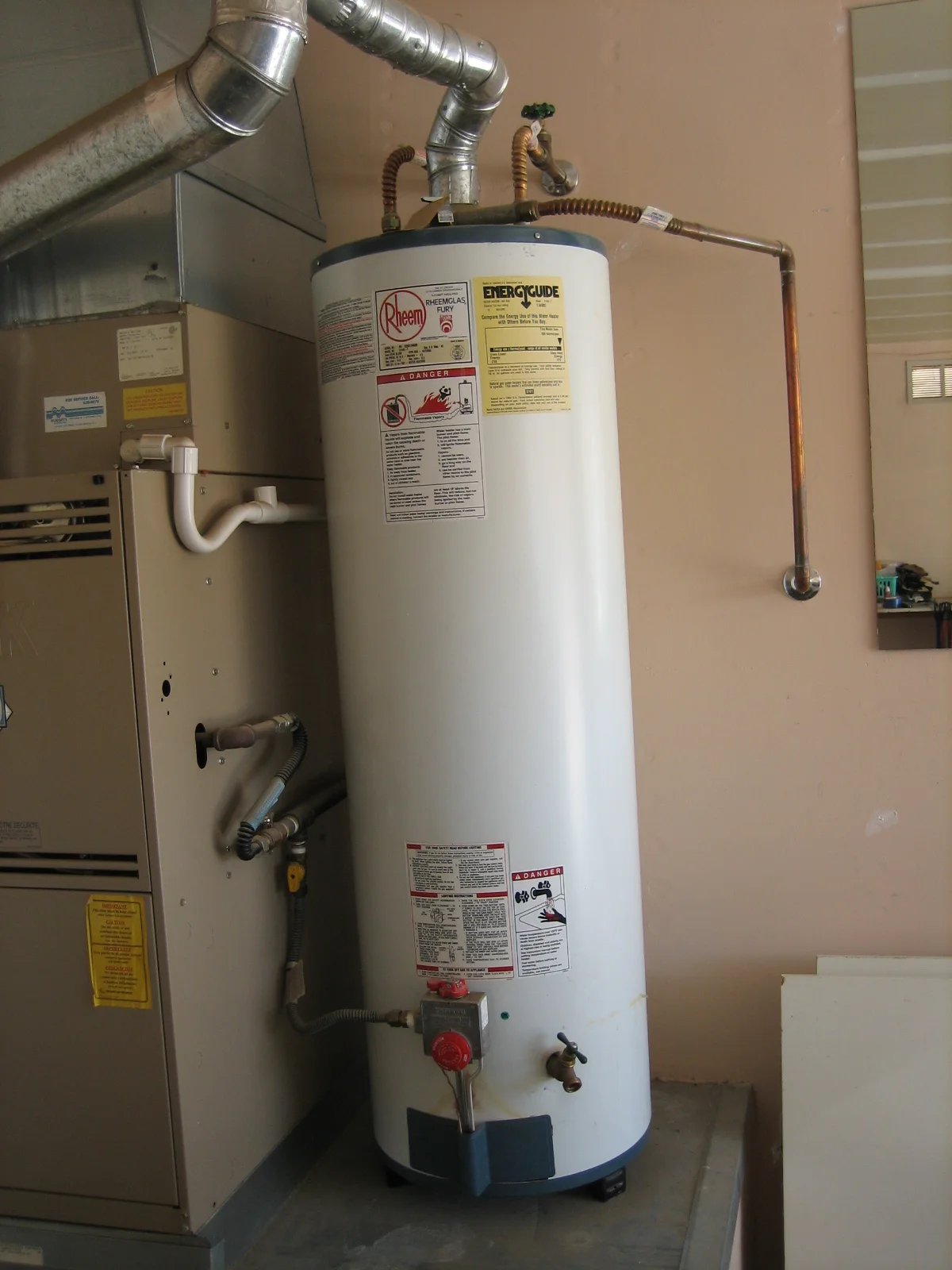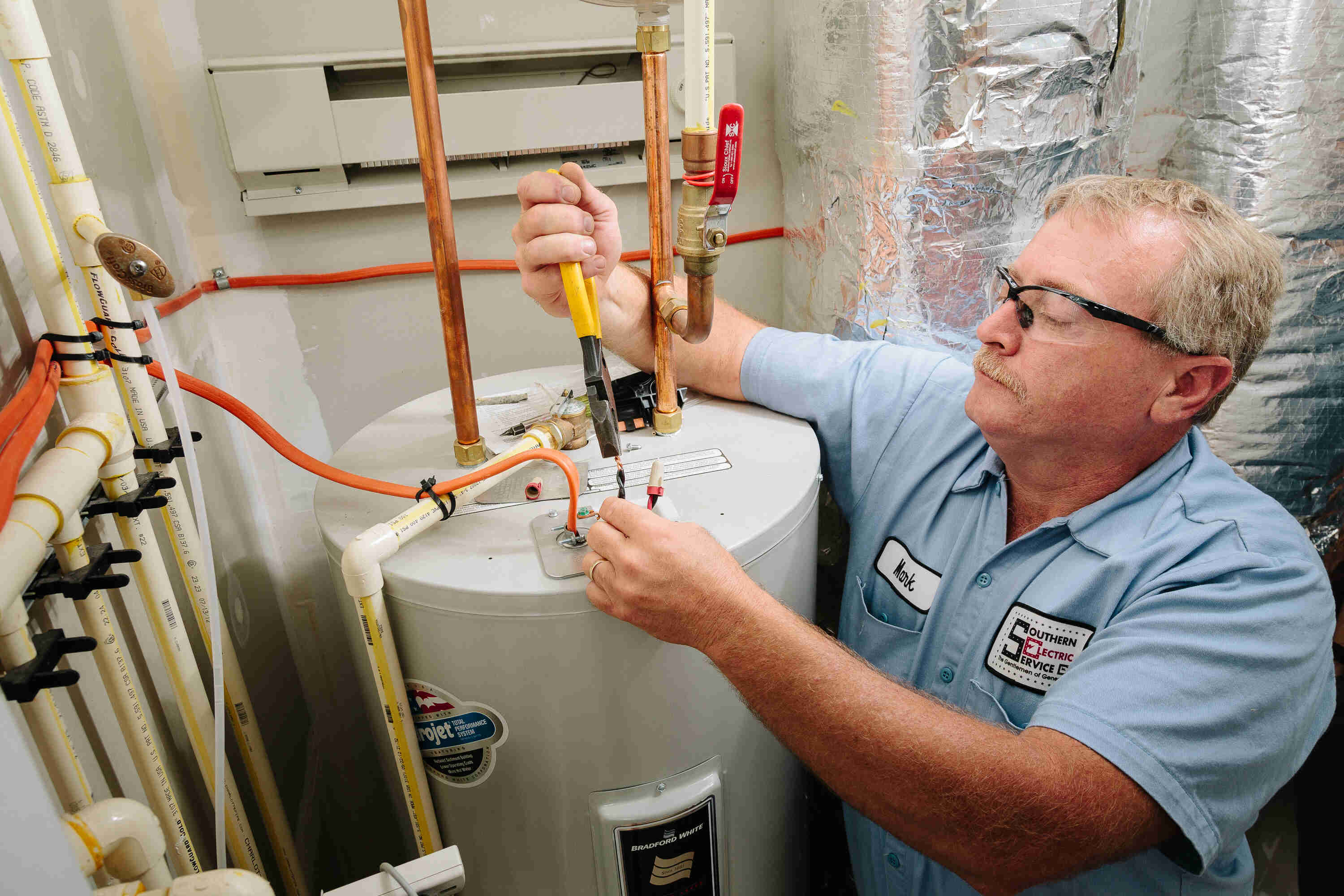Making Sure Longevity of Your Home's Hot Water System: Maintenance TipsWays to Maintain Your Home's Hot Water System Functioning Well
Making Sure Longevity of Your Home's Hot Water System: Maintenance TipsWays to Maintain Your Home's Hot Water System Functioning Well
Blog Article
What're your insights and beliefs about Tips on Maintaining a Water Heater?

Hot water is essential for day-to-day convenience, whether it's for a revitalizing shower or cleaning dishes. To ensure your hot water system runs efficiently and lasts longer, regular upkeep is vital. This post provides sensible pointers and understandings on just how to preserve your home's hot water system to prevent disruptions and pricey repair services.
Introduction
Keeping your home's warm water system could seem daunting, but with a couple of straightforward actions, you can guarantee it operates smoothly for years ahead. This overview covers everything from understanding your warm water system to do it yourself maintenance tips and knowing when to call in specialist assistance.
Significance of Keeping Your Warm Water System
Regular upkeep not only extends the lifespan of your warm water system however also ensures it operates successfully. Ignoring maintenance can cause reduced performance, higher energy costs, and also premature failing of the system.
Signs Your Warm Water System Needs Maintenance
Knowing when your hot water system needs interest can avoid significant issues. Keep an eye out for indications such as inconsistent water temperature level, unusual sounds from the heating unit, or rusty water.
Comprehending Your Hot Water System
Prior to diving into upkeep tasks, it's handy to understand the standard elements of your warm water system. Usually, this consists of the water heater itself, pipelines, anode rods, and temperature controls.
Month-to-month Maintenance Tasks
Routine monthly checks can assist capture minor concerns before they rise.
Flushing the Hot Water Heater
Flushing your hot water heater removes debris buildup, enhancing performance and lengthening its life.
Checking and Changing Anode Rods
Anode poles avoid deterioration inside the tank. Checking and changing them when worn is critical.
Inspecting and Changing Temperature Level Settings
Changing the temperature level setups guarantees ideal efficiency and safety.
Do It Yourself Tips for Upkeep
You can execute several maintenance jobs on your own to keep your warm water system in leading condition.
Checking for Leakages
Consistently examine pipelines and links for leaks, as these can result in water damage and higher expenses.
Examining Stress Alleviation Valves
Testing the pressure relief valve guarantees it operates correctly and prevents excessive pressure accumulation.
Shielding Pipelines
Insulating hot water pipes reduces warm loss and can conserve power.
When to Call an Expert
While do it yourself upkeep is valuable, some concerns call for professional knowledge.
Complicated Problems Calling For Professional Assistance
Instances consist of significant leakages, electrical issues, or if your water heater is consistently underperforming.
Routine Professional Maintenance Advantages
Expert maintenance can include extensive assessments, tune-ups, and making sure conformity with safety and security criteria.
Verdict
Normal upkeep of your home's warm water system is essential for efficiency, long life, and price savings. By complying with these suggestions and understanding when to seek expert help, you can ensure a dependable supply of hot water without unexpected disruptions.
How to Maintain an Instant Hot Water Heater
Before tinkering with your hot water heater, make sure that it’s not powered on. You also have to turn off the main circuit breaker and shut off the main gas line to prevent accidents. Also turn off the water valves connected to your unit to prevent water from flowing into and out of the appliance. 2. When you’re done, you have to detach the purge valves’ caps. These look like the letter “T” and are situated on either side of the water valves. Doing so will release any pressure that has accumulated inside the valves while at the same time avoid hot water from shooting out and burning your skin. 3. When the purge valves’ caps are removed, you have to connect your hosing lines to the valves. Your unit should have come with three hoses but if it didn’t, you can purchase these things from any hardware or home repair shops. You can also get them from retail stores that sell water heating systems. Read the user’s manual and follow it to complete this task properly. When the hosing lines are connected, open the purge port’s valves. 4. You should never use harsh chemical cleaners or solutions when cleaning your unit. Make use of white vinegar instead. It should be undiluted and you’ll probably use about 2 gallons. 5. Now flush your water heater. This task should probably take about 40 minutes. We can’t give you specific directions for this because the procedure is carried out depending on the type, model and brand of your heater. With that being said, refer to the user’s manual. 6. When you’re done draining the unit, you have to turn off the purge port valves again. Remove the hosing lines that you earlier installed on each of the water valves. Put the valve caps (purge port) back in their respective places and be very careful so as not to damage the rubber discs that are found inside these caps. 7. Now that everything’s back in place, check your user’s manual again to find out how to reactivate your water heating system. 8. Once it is working, turn one of your hot water faucets on just to let air pass through the heater’s water supply pipes. Leave the tap on until water flows smoothly out of it. https://www.orrplumbing.com/blog/2014/september/how-to-maintain-an-instant-hot-water-heater/

I'm certainly very serious about Tips For Maintaining Your Hot Water Heater and I'm hoping you enjoyed the blog posting. Sharing is caring. Helping people is fun. We treasure your readership.
Call Today Report this page